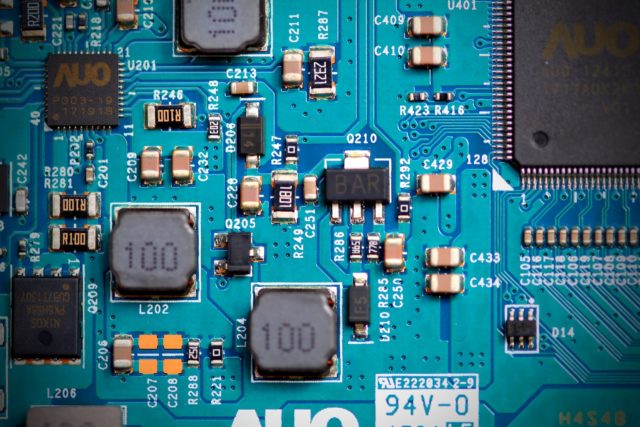The Intricacies of Silicon Crystal Structure: Unleashing the Power of Semiconductors
Silicon, the superstar of the semiconductor world, owes much of its charm to its unique crystal structure. This seemingly simple characteristic unlocks a realm of semiconductor properties that propels our modern digital universe. This article delves into the intriguing world of silicon’s crystal structure and its impact on semiconductor properties.

Silicon’s Crystal Structure: An Introduction
Silicon atoms arrange themselves in a distinct pattern known as a diamond cubic crystal structure. In this arrangement, each silicon atom is covalently bonded to four other silicon atoms, forming a three-dimensional tetrahedral structure. This precise formation gives silicon crystals their characteristic properties.

Impact of Crystal Structure on Semiconductor Properties
1. Electronic Properties:
The crystal lattice structure determines the electronic properties of silicon. In this orderly arrangement, the outermost valence electrons of silicon atoms engage in covalent bonding, leaving no free electrons at absolute zero temperature. However, with the increase in temperature, the thermal energy is enough to break a few covalent bonds, releasing free electrons into the crystal structure. These free electrons, along with the ‘holes’ they leave behind, contribute to the semiconductor behavior of silicon.
2. Energy Band Structure:
The energy band structure of silicon, a direct consequence of its crystal structure, is central to its semiconductor properties. The bandgap of silicon (1.1 eV at room temperature) is the energy required to excite an electron from the valence band (where electrons are involved in covalent bonding) to the conduction band (where electrons can move freely). This bandgap is perfectly suited for the control of electrical current, marking silicon as an ideal semiconductor.
3. Mechanical Strength and Thermal Stability:
The rigid diamond cubic structure of silicon bestows it with high mechanical strength and thermal stability. It can withstand high temperatures during manufacturing processes and operates efficiently under different temperature conditions in various electronic devices.
4. Defects and Doping:
While the pure silicon crystal structure is an excellent starting point, the real power of silicon comes to light when its structure is purposefully altered. Intentional impurities or defects, introduced through a process called doping, can increase the number of free charge carriers in the silicon crystal. This amplifies its conductivity, allowing us to control the electrical characteristics of semiconductor devices.
Conclusion
The diamond cubic crystal structure of silicon is the bedrock on which its semiconductor properties rest. The ability of silicon to form strong covalent bonds in a stable, rigid lattice, coupled with an ideal bandgap, high thermal stability, and the flexibility offered by doping techniques, all stem from this unique arrangement of atoms. Understanding this crystal structure is key to comprehending silicon’s irreplaceable role in the digital revolution.




Comments are closed.